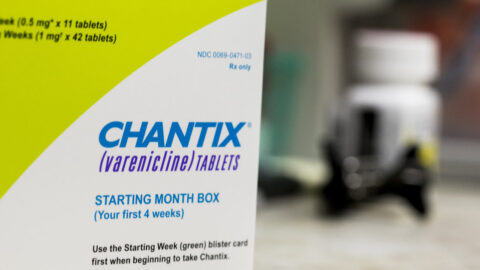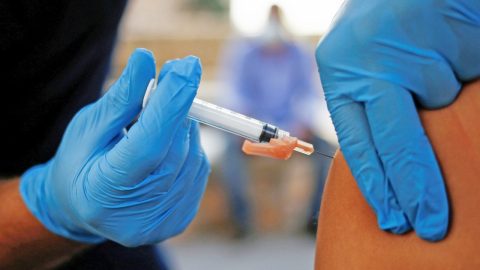It was a white T-shirt bearing the likeness of Snoopy wearing shades and leaning effortlessly against the iconic American Red Cross logo that prompted a surge in blood donations in the spring of 2023.
“Be cool. Give blood,” the shirt urged. The message — on young people, anyway — was effective. More than 70,000 people under age 35 responded to the call, rolling up their sleeves and giving blood in exchange for the coveted tees.
The need for blood is urgent. Over the holidays, the Red Cross had 7,000 fewer units of blood available than were needed by hospitals, said Dr. Eric Gehrie, the executive medical director of the American Red Cross. The organization speculated it would need about 8,000 additional donations every week in January to ensure that hospitals are fully supplied, he added.

The Snoopy campaign’s intent, the Red Cross said, was to prompt teens and young adults to give blood for the first time. That would hopefully spark lifelong habits of donating — habits that could help reverse a decadeslong decline in blood donations.
“In the last 20 years, we’ve seen about a 40% decrease in donors overall to the Red Cross,” Gehrie said. “The earlier that we can connect with someone, and they donate in high school, they typically will become lifelong donors.”
But the percentage of teens and young adults who have donated blood has steadily fallen since 2013, according to the federal National Blood Collection and Utilization Survey.
From 2019 to 2021, the survey found, blood donations among 16- to 18-year-olds dropped by 60%. And donations among 19- to 24-year-olds dropped by nearly a third.
The pandemic certainly played a role in that decline, but experts worry that the numbers will stay low.
“If that trend continues, we’re going to be in a very difficult situation,” said Dr. Claudia Cohn, chief medical officer for the Association for the Advancement of Blood & Biotherapies. “Blood centers often depend upon high schools for their blood drives.”
Why are fewer young people donating blood?
“The best donors tend to be from the baby boomer generation,” Cohn said. “Unfortunately, younger people are not getting out and replacing those numbers as we need them to.”
Part of it may be due to changes put into place by the Food and Drug Administration in 2015, setting new thresholds for blood donors.
The agency increased the hemoglobin level required to donate. Hemoglobin molecules contain iron, an essential mineral that Cohn said tends to be lower in menstruating teen girls and young women. The FDA’s change was meant to reduce the risk of iron deficiency after donation.
The FDA also tweaked minimum height and weight requirements needed to donate blood. In general, a person needs to weigh at least 110 pounds.
While those minimum thresholds were established to protect donors, Gehrie said, the changes were most likely to impact first-time, young adult donors.
“We had a lot of high school donors that were deferred” because of the changes, Gehrie said. “We don’t want those young donors to get the impression that because they were deferred for that reason, that they can never donate again.”
The problem worsened during the pandemic. High schools, colleges and offices occupied by 20-somethings were once places that blood banks could go to encourage young people to donate. Those common blood drive sites were sidelined as students and employees worked from home.
But many schools and offices that held blood drives pre-Covid have not resumed the programs, according to the Red Cross.
The Snoopy effect of 2023 has not lasted. This month, the Red Cross is hoping to bring back the magic by offering anyone who gives blood a chance to win Super Bowl tickets. Neither the Red Cross nor the Association for the Advancement of Blood & Biotherapies said they had other campaigns targeting youth in the pipeline.









Recent Comments